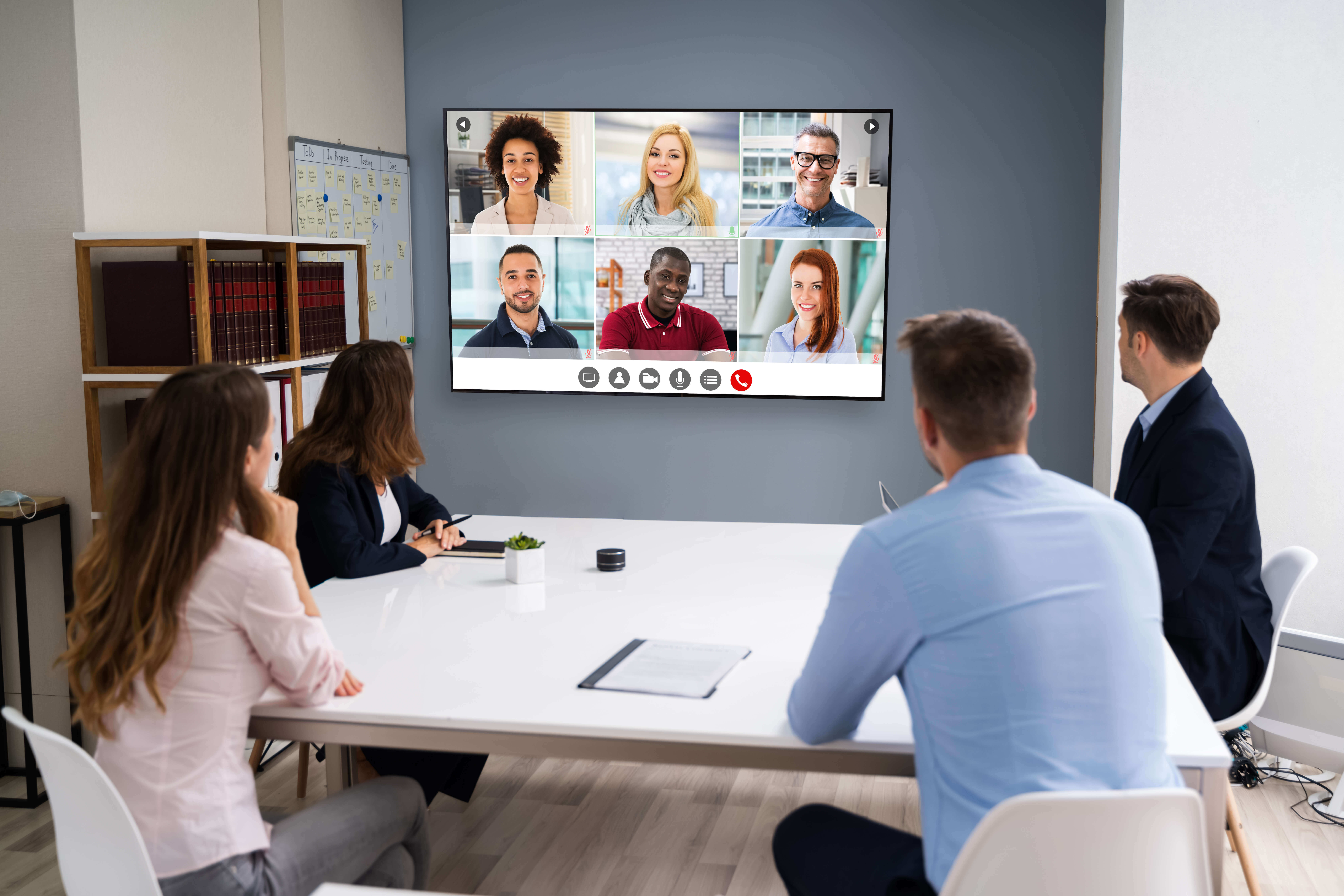
How Corporate Event Planners are Transitioning into Hybrid Meetings
Restrictions on travel and in-person meetings are lifting, but uncertainty still exists for the event industry. For much of 2020, and even in 2021, corporate meeting planners had to quickly pivot to virtual meeting platforms, if not cancel long-planned events. Hybrid meetings will likely bring large gatherings back into the public space and may become the new normal for the corporate meetings industry.
Thankfully, this last year has helped shorten the learning curve, improve the technology, and built a foundation for best practices in the virtual and hybrid meeting arena. Virtual and hybrid events will continue to be elevated in their capabilities and acceptance.
Finding Solutions
Event planners will need to rely on their never-ending resourcefulness and creativity, just as always, just in the new meeting normal. This means that understanding live, virtual and hybrid events is more critical than ever. Understanding the benefits of each event type to best match client needs is vital. From there, using the right tools becomes the foundation of the event.
In live events, this could look like having the right team and venue. In virtual and hybrid events, it is critical to have an effective digital platform. For example, Zoom, one of many AMI partners, offers meetings for under 1,000 participants and webinars for up to 50,000. They also integrate with marketing softwares like Hubspot, payment portals like PayPal, and even transcription services.
Being Creative and Engaging
Don’t shy away from virtual tradeshows, keynotes, live entertainment, or town-hall-style panels. Technology and production teams are dedicated to hosting nearly anything virtually or through combined live and virtual hybrid presentations.
Regardless of the type of event, creativity and a focus on participant engagement help the event be successful. Understanding the target audience, using good pacing and/or layout, an engaging master of ceremonies, event swag, and opportunities to connect are all part of this engagement piece.
(Read this interview with AMI Partner Jason Alpert on why and how to hire a master of ceremonies for virtual events.)
Promoting Wider
One benefit of virtual and hybrid events is the ability to market and promote them outside a specific location while not requiring participant (or speaker) travel. Utilize QR codes to drive those engaging with tangible marketing materials online for information and registration.
Seamlessly connect registration and attendance for security and valuable data gathering, such as surveys, polls, and feedback forms.
Event planners, if you need support in building your hybrid production skills and teams to better prepare for virtual and hybrid events, AMI can help. Contact us today for more information.



